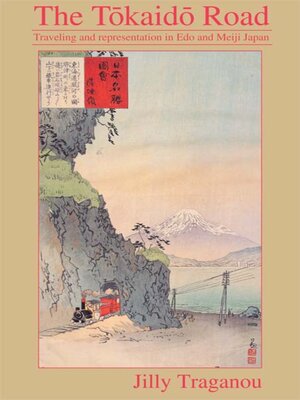
Sign up to save your library
With an OverDrive account, you can save your favorite libraries for at-a-glance information about availability. Find out more about OverDrive accounts.
Find this title in Libby, the library reading app by OverDrive.



Search for a digital library with this title
Title found at these libraries:
| Library Name | Distance |
|---|---|
| Loading... |
The Tôkaidô Road offers a comparative study of the Tôkaidô road's representations during the Edo (1600-1868) and Meiji (1868-1912) eras. Throughout the Edo era, the Tôkaidô highway was the most important route of Japan and transportation was confined to foot travel. In 1889, the Tôkaidô Railway was established, at first paralleling and eventually almost eliminating the use of the highway. During both periods, the Tôkaidô was a popular topic of representation and was depicted in a variety of visual and literary media. After the installation of the railway in the Meiji era, the Tôkaidô was presented as a landscape of progress, modernity and westernisation. Such representations were fundamental in shaping the Tôkaidô and the realm of travelling in the collective consciousness of the Japanese people.







